Climate and weather courses
Climate Outlook products from the Bureau of Meteorology
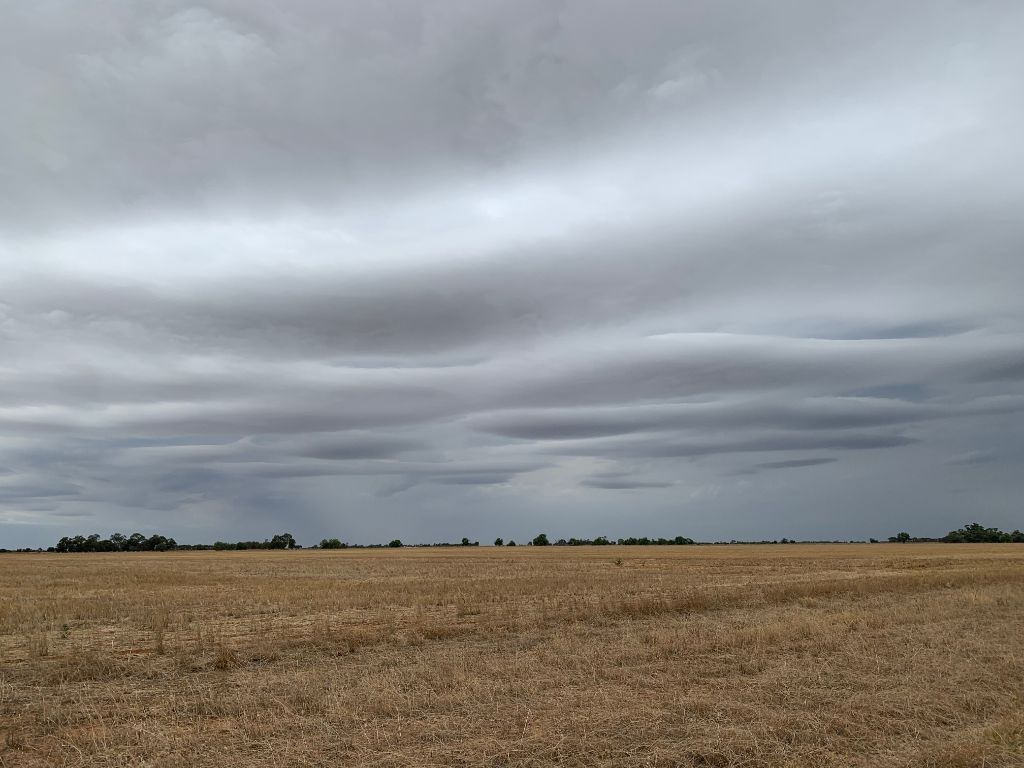 Between November 2021 and July 2022, the Bureau of Meteorology released five new Climate Outlook Tools to give greater insight to unusually warmer, cooler, wetter or drier conditions over weeks, fortnights and months across Australia.
Between November 2021 and July 2022, the Bureau of Meteorology released five new Climate Outlook Tools to give greater insight to unusually warmer, cooler, wetter or drier conditions over weeks, fortnights and months across Australia.
Climate Outlook and Forecasting Tools estimate the chance (or probability) of a future climatic condition occurring in a certain location over a certain period. In the past Outlooks described the chance of above or below median rainfall or temperatures. The products released in 2021/22 now provide:
- Outlooks for rainfall describing the chance of occurrence of unusually dry, drier, average, wetter or unusually wet conditions.
- Outlooks for maximum and minimum temperature describing the chance of unusually cool, cooler, average, warm or unusually warm conditions.
These forecasts describe the chance of these climatic conditions occurring compared to the average historical occurrence. For these products “extreme” has been defined as being the unusually dry, unusually wet, unusually cool or unusually warm 20 per cent of periods (weeks/months/seasons) that have historically occurred.
View the Using Climate Prediction Tools eLearnEmergency preparedness quiz
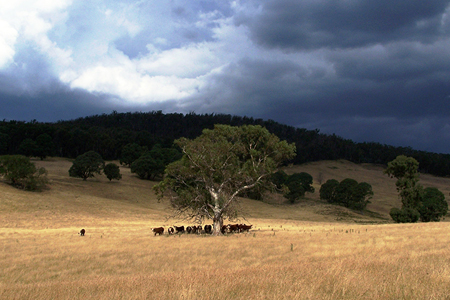 Emergency Preparedness Quiz- a 10 minute quiz to help livestock producers review their farm emergency preparedness and prioritise a list of follow up actions.
Emergency Preparedness Quiz- a 10 minute quiz to help livestock producers review their farm emergency preparedness and prioritise a list of follow up actions.
Emergencies covered include;
- Fire
- Flood
- Storm/Power outages
- Animal disease outbreak
- Plant or pest outbreak
- Coronavirus (COVID-19)
Evaluate your farm water supply system
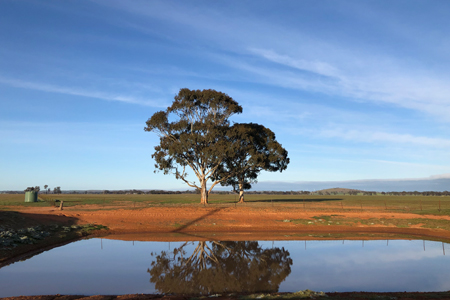 Evaluate your farm water supply system- a short quiz that can help develop a farm water improvement plan for your property.
Evaluate your farm water supply system- a short quiz that can help develop a farm water improvement plan for your property.
Fourteen questions have been developed by Agriculture Victoria's farm water supply specialists to help you assess your current farm water system and ensure it is designed for ease of maintenance, optimal performance and climate risks including warmer, drier climatic conditions, risk of fires and other natural disasters such as storm events.
The quiz is best suited to livestock enterprises that have farm dams and a reticulated farm water supply system.
Go to Evaluate your farm water supply system quizHow to read the Fast Break table
The Fast Break table has been produced since 2008 and summarises forecast predictions from 12 different models for the next one to three and four to six-month period.
We understand that the table can be a little confusing, so we hope this online course will assist. Topics include: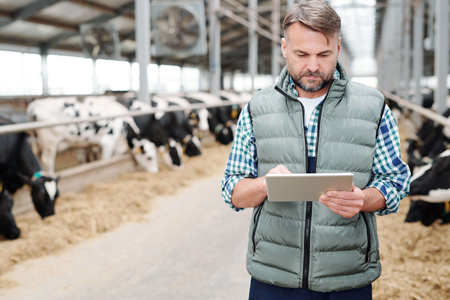
- How to navigate this eLearn and The Fast Break table
- The three different types of models in The Fast Break table
- The 12 different models compared in The Fast Break Table
- What we mean by model run
- Understanding the forecast months
- Where to find the skill of the model
- What is happening in the Pacific Ocean
- What is happening in the Indian Ocean
- Rainfall predictions
- Temperature predictions
- What further information about the models is provided in The Fast Break table?
How to read a sea surface temperature anomaly (SSTA) map
Sea surface temperature data is important to all seasonal forecast models across the world and an important indicator for two of the climate drivers that affect conditions in south east Australia.
The aim of this eLearn is to give you the skills you need to be able to read and understand a sea surface temperature anomaly (SSTA) map, an image that features each month in The Fast Break newsletter.
Topics include:
- How is an SST map made?
- Why forecasters look so closely at SST maps?
- Key things to know and understand
- Areas of the SSTA map to be interested in
- Pacific Ocean
- Indian Ocean
Understanding the weather forecast. What does it all mean?
 Weather directly influences the world we live and work in. This course will help you correctly interpret weather information within an eight-day forecast.
Weather directly influences the world we live and work in. This course will help you correctly interpret weather information within an eight-day forecast.
The course focuses on understanding how forecast information is developed and reported, including probabilities of forecast outcomes and explores where you can access reliable and credible weather information and the questions to ask when evaluating the wide range of forecasting apps and websites available.
This eLearn from Agriculture Victoria will take approximately 15 minutes to complete.
View the Understanding the weather forecast online coursePast, Present and Future Climate eBook for the Victorian Mallee
The Past, Present and Future Climate eBook for the Mallee collates some of the key tools and resources which look at the historical rainfall and temperature data, climate trends and projections for the Victorian Mallee.
Future climate impacts and resources are provided to assist decision making for dryland cropping and livestock farming enterprises in the Mallee.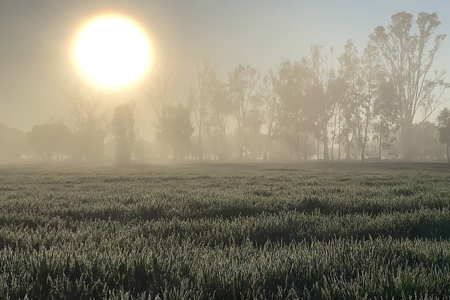
The Mallee eBook includes:
- Past and recent rainfall and temperature trends
- Historical growing season rainfall
- Climate driver influence on growing season rainfall
- Historical temperature extremes
- Using seasonal forecasts
- Projected changes in rainfall, temperature, and season length
- Potential climate impacts and useful resources
- Products and information on climate and adaptation
Autumn predictability barrier
Autumn is a busy time for farmers and anticipating the autumn break can occupy many thoughts and conversations.
In this eLearn we look at: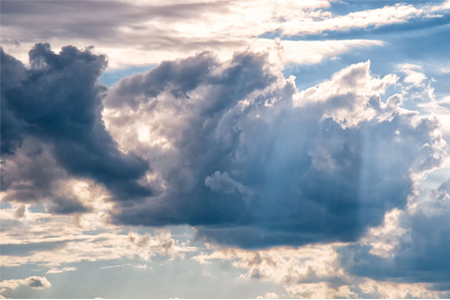
- why making decisions based on weather forecasts can be less reliable than looking at and understanding climate drivers
- explain what the autumn predictability barrier is
- why it is important to make decisions on what is known, rather than forecasts at this time of the year.
This course will step you through how the skill of a model is calculated, why they struggle in autumn, some example years, and some tips for what you should consider during autumn.
Work your way through each section at your own pace.
View the Autumn predictability barrier online courseVictorian climate projections
Climate variability and change are very important to the current and future prosperity of agriculture in Australia.
As part of the Victorian Climate Projections 2019 project, a range of information products to help people plan for a future with climate change have been produced.
In this eLearn we will go through how to understand and read the different components of the regional reports produced as part of the project.
Topics include:
- Climate analogues
- Emissions scenarios
- Temperature
- Rainfall
- Extremes
- Frost
- How to access further data and information
Greenhouse Gas Emissions on Dairy Farms: What's in it for me
 All food and fibre farms produce some form of greenhouse gas emissions that contribute to increasing concentration of greenhouse gases in the atmosphere. These additional heat trapping gases are increasing global temperatures and causing other changes in local (and global) climates, including a rise in average daily temperatures over time and less predictable seasonal rainfall patterns.
All food and fibre farms produce some form of greenhouse gas emissions that contribute to increasing concentration of greenhouse gases in the atmosphere. These additional heat trapping gases are increasing global temperatures and causing other changes in local (and global) climates, including a rise in average daily temperatures over time and less predictable seasonal rainfall patterns.
This course will increase your awareness of the impact of greenhouse gas emissions and the sources from dairy farming and detail practical management options to lower farm emissions and also reduce operational costs for a win-win outcome.
This course will take approximately 30 minutes to complete.
View Greenhouse Gas Emissions on Dairy Farms online courseIntroduction to soil carbon – what you need to know
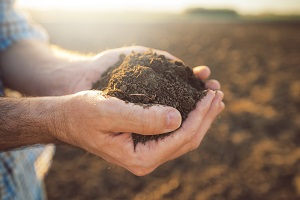 Soil carbon is critical for soil health, improving productivity, profitability and resilience.
Soil carbon is critical for soil health, improving productivity, profitability and resilience.
This soil carbon eLearn module provides key information about soil carbon. By Building knowledge of soil carbon it will help provide an understanding of the potential mitigation options in managing climate change on-farm.
Key learnings:
At the completion of this module, participants will have a better understanding of:
- the soil health benefits of soil carbon
- the difference between soil carbon and soil organic matter
- the influence of soil type, climate and land management on soil carbon stocks
- the impacts of agricultural practices on soil carbon
- where to go for further information and resources
Further information
Visit Climate and weather for information on the different climate products produced by Agriculture Victoria, understanding weather, climate, forecasting, carbon and emissions, and the Victoria Government’s Climate Change Strategy.
For help with the Agriculture Victoria Learning Management System please contact learning@agriculture.vic.gov.au
Subscribe to The Fast Break and Very Fast Break
Subscribe to The Break and receive the latest seasonal climate updates for Victoria, Southern New South Wales, Tasmania and South Australia.
Listen to the My Rain Gauge is Busted podcast
Hear more climate and farming information and stories from farmers, researchers and innovative folk in the My Rain Gauge is Busted podcast series.